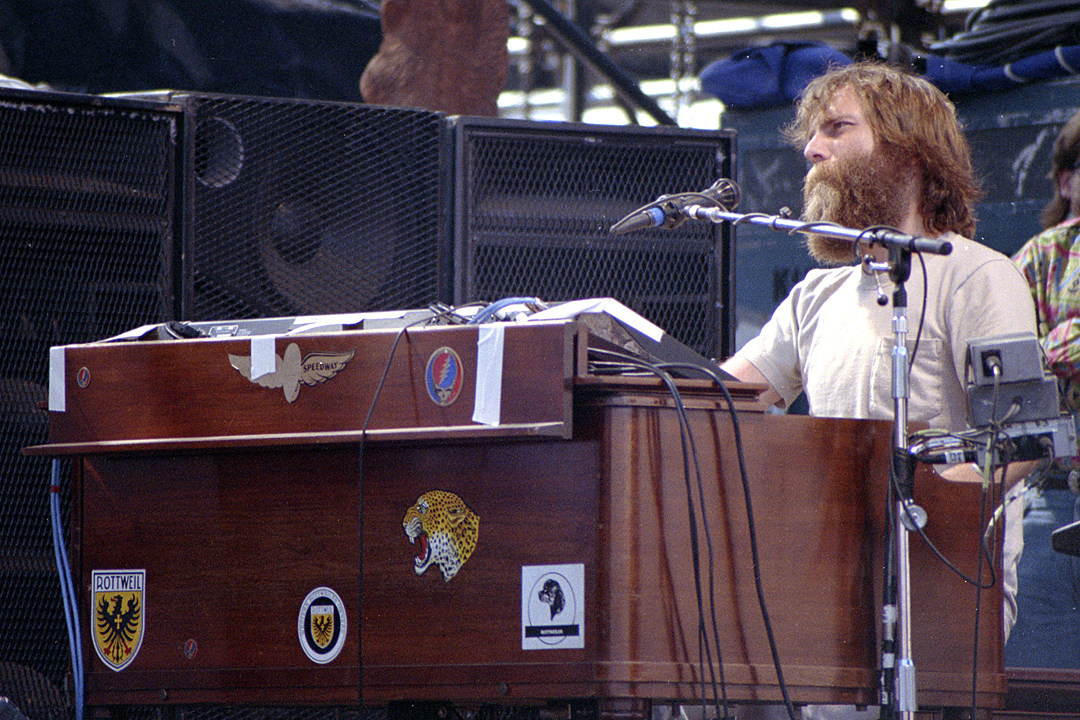

Stan Owsley was a good friend of theirs – a sound guy, acid chemist, and ex-professional ballet dancer. A band formed in the San Fransico bay area during the heady days of the mid-1960s, they quickly developed a huge cult following. The Grateful Dead and their ragtag group of roadies and Deadheads were known for a DIY, self-sufficient attitude, and began to take matters into their own hands. In those early days of rock, however, such technologies were still in their infancy and there was a great need for innovation in live sound design. It goes without saying, singers who could hear themselves didn’t have to strain their voice just to hear themselves, drummers didn’t have to beat their skins off, bassists could minimize their mud and lead guitarists, well they stayed about the same. Monitor technology gradually improved as the decade rolled on, making it easier for performers to hear themselves and the rest of their band clearly, resulting in better tuning, timing and a tighter performance altogether. Hanley was so well regarded that he went on to design the sound for Woodstock and is often regarded as the “father of festival sound”. He was the first to angle a speaker towards the player, using directional microphones to cancel out feedback. The result, more often, was ugly: colliding frequencies, distortion and feedback issues were the norm.īill Hanley made a leap forward while working with Neil Young, during his time with Buffalo Springfield. Amplifiers would battle with the P.As, competing for volume and sound space. Early setups saw P.As positioned level or slightly in front of the performers. systems for broadcasting sound to larger audiences. The four found their sound was less fabulous than they were, and they simply couldn’t hear themselves play.Īs the ’60s rolled on, sound engineers began to experiment with different P.A. Their VOX amps and diminutive P.As (which were basically cinema speakers) couldn’t fill a stadium, let alone compete with thousands of screaming fans. There was a reason why The Beatles stopped touring in 1966.

They would often hear a version of the sound that was delayed, and with reverberations produced by the club, hall or stadium. The band would only hear themselves after the sound had bounced around the walls of the given room and the bodies of the audience. ‘Mic’ing up’ amps, then, was a new idea.Įven if a band had the luxury of amp mics, monitors were unheard of. Early P.A systems were usually reserved for the vocalist alone. In the ’60s it wasn’t uncommon for bands to solely use the power of their amplifiers to project to the crowd.

Probably just as well they weren’t around to hear the primitive live setups of rock concerts back in the day. These days, it’s common to hear younger audiophiles and keen fans complaining about the sound after a gig. Live sound, however, had not kept up with the growth spurt and, simply put, the primitive public address systems of the time were just not as good as the music. Legendary shows were held featuring artists who defined generations. Rock and roll was in its adolescence, constantly growing and evolving. People have a romanticised view of live concerts in the 1960s and 1970s, and for good reason.


 0 kommentar(er)
0 kommentar(er)
